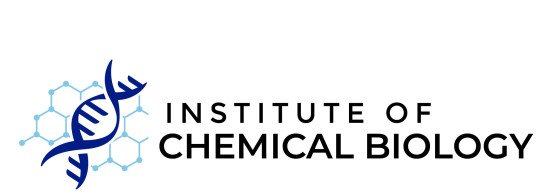BibTex format
@article{Karamdad:2018:10.1039/C7SC04309K,
author = {Karamdad, K and Hindley, J and Friddin, MS and Bolognesi, G and Law, RV and Brooks, NJ and Ces, O and Elani, Y},
doi = {10.1039/C7SC04309K},
journal = {Chemical Science},
pages = {4851--4858},
title = {Engineering thermoresponsive phase separated vesicles formed via emulsion phase transfer as a content-release platform},
url = {http://dx.doi.org/10.1039/C7SC04309K},
volume = {9},
year = {2018}
}
RIS format (EndNote, RefMan)
TY - JOUR
AB - Giant unilamellar vesicles (GUVs) are a well-established tool for the study of membrane biophysics and are increasingly used as artificial cell models and functional units in biotechnology. This trend is driven by the development of emulsion-based generation methods such as Emulsion Phase Transfer (EPT), which facilitates the encapsulation of almost any water-soluble compounds (including biomolecules) regardless of size or charge, is compatible with droplet microfluidics, and allows GUVs with asymmetric bilayers to be assembled. However, the ability to control the composition of membranes formed via EPT remains an open question; this is key as composition gives rise to an array of biophysical phenomena which can be used to add functionality to membranes. Here, we evaluate the use of GUVs constructed via this method as a platform for phase behaviour studies and take advantage of composition-dependent features to engineer thermally-responsive GUVs. For the first time, we generate ternary GUVs (DOPC/DPPC/cholesterol) using EPT, and by compensating for the lower cholesterol incorporation efficiencies, show that these possess the full range of phase behaviour displayed by electroformed GUVs. As a demonstration of the fine control afforded by this approach, we demonstrate release of dye and peptide cargo when ternary GUVs are heated through the immiscibility transition temperature, and show that release temperature can be tuned by changing vesicle composition. We show that GUVs can be individually addressed and release triggered using a laser beam. Our findings validate EPT as a suitable method for generating phase separated vesicles and provide a valuable proof-of-concept for engineering content release functionality into individually addressable vesicles, which could have a host of applications in the development of smart synthetic biosystems.
AU - Karamdad,K
AU - Hindley,J
AU - Friddin,MS
AU - Bolognesi,G
AU - Law,RV
AU - Brooks,NJ
AU - Ces,O
AU - Elani,Y
DO - 10.1039/C7SC04309K
EP - 4858
PY - 2018///
SN - 2041-6520
SP - 4851
TI - Engineering thermoresponsive phase separated vesicles formed via emulsion phase transfer as a content-release platform
T2 - Chemical Science
UR - http://dx.doi.org/10.1039/C7SC04309K
UR - https://pubs.rsc.org/en/content/articlelanding/2018/SC/C7SC04309K#!divAbstract
UR - http://hdl.handle.net/10044/1/59258
VL - 9
ER -
